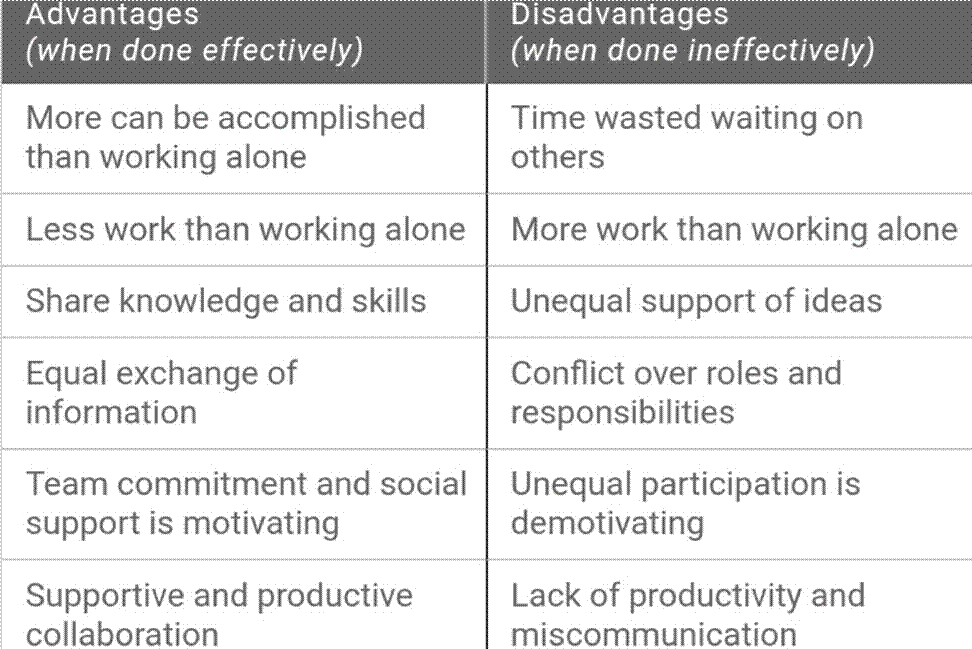
 Group work and Language
learning
Group work and Language
learning
By : Sanieva Karina
Group work
Group work is when the learners work together on a task or activity in groups.
Group work increases the opportunities for all learners to speak the new language, it allows them to learn from each other, and frees the teacher to monitor individuals
and give them feedback. Examples of typical group work activities include ranking discussions, jigsaw activities, project work group and group writing tasks.Most
teachers understand that pair and group work provide excellent opportunities for
ELLs' oral language development because each student has more time to talk than in a large group discussion, and students often feel more comfortable sharing their ideas in a small group environment.
Advantages and Disadvantages
While working collaboratively has the potential to improve student outcomes, it requires the instructor to carefully organize, guide and maintain a positive and productive work environment. Despite the substantial benefits group work offers, there are also disadvantages, especially if not implemented effectively.

What are collaborative activities?
Collaborative activities are any activities where learners are working co-operatively in pairs or groups. For example:
![]() Pair or group
discussions
Pair or group
discussions
![]() Completing shared tasks in a pair or group, e.g.
matching, sorting, ranking
Completing shared tasks in a pair or group, e.g.
matching, sorting, ranking
![]() Activities or games with a competitive element, e.g. bingo
Activities or games with a competitive element, e.g. bingo ![]() Drama and role play
Drama and role play
![]() Information exchange activities, including
barrier games and jigsaw activities
Information exchange activities, including
barrier games and jigsaw activities
Материалы на данной страницы взяты из открытых источников либо размещены пользователем в соответствии с договором-офертой сайта. Вы можете сообщить о нарушении.